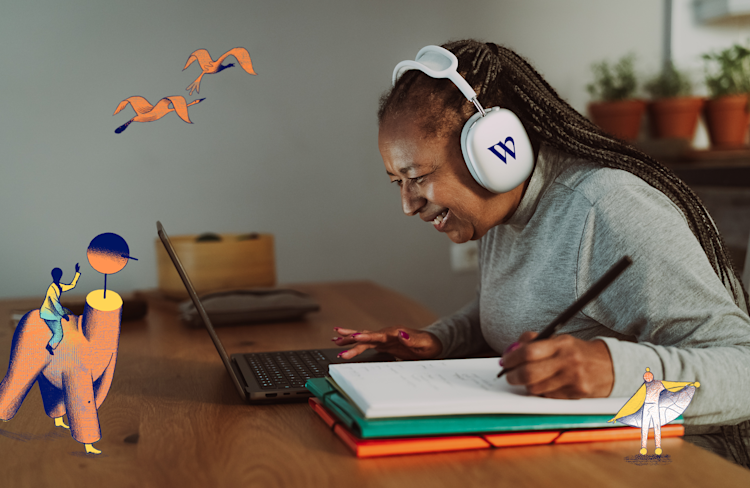The students who landed their dream job over video
Thousands of students are skipping the hassle of standing in line, and connecting with recruiters over video instead.
While for some of us summer may mean endlessly eating ice cream or taking time for holidays, for graduating students it can be a time to worry about starting their careers. One way to ease their minds is by attending a career fair to connect with recruiters, learn about options, and possibly land their dream job. But, with physical fairs cancelled, inquiring minds have had to go digital. Enter: Career Fair Plus. Historically, one of the biggest fairs, they’ve gone virtual by integrating Whereby into their existing platform. We had a chat with their cofounder Hussain Frosh to find out what the future holds for career fairs and why Whereby was a simple decision for them.
Quick turnaround
Adding Whereby to their platform took far less time than expected, allowing them to shift their entire business to video, including all of their internal meetings. “The integration was seamless and it was done in a day or two,” said Hussain.
“It’s a frictionless experience; to not have to download an app and it works across multiple devices—it doesn’t get much better than that!”
End to end encrypted
“Career Fair Plus works with over 200 universities in North America, Europe and Australia, and 10,000 to 15,000 students attend these fairs,” said Hussain. “That’s why data protection and end-to-end encryption is so important to us.” Whereby is end to end encrypted, has a customer friendly privacy policy and is fully GDPR compliant so students and recruiters all over the world can use it securely.
Virtual one-on-one
At a physical fair, students and recruiters can easily meet with each other in a meeting room. It’s a moment for them to get to know each other and answer any questions. So, the main question Hussain raised was “How do you recreate these one-on-one meetings, virtually?”
“We realised that recruiters can recreate their physical room through Whereby, by having their own virtual meeting room,” said Hussain. “Students can enter and leave for their appointment as they would in a physical office.” The Whereby room can be locked, so students have to ‘knock’ to get permission to enter the room. “This was great because students wouldn’t interrupt a meeting and the recruiter could wrap up their conversation.”
Non verbal gestures
Body language and gestures can tell you more about an individual than just their voice. “The small room concept is great, it fills the verbal and non-verbal cues in a meeting. That’s what we find important,” said Hussain. The room is designed to make participants feel comfortable and lets you focus on each other. “It’s amazing how in one or two clicks you’re already in a call and speaking to someone.”






